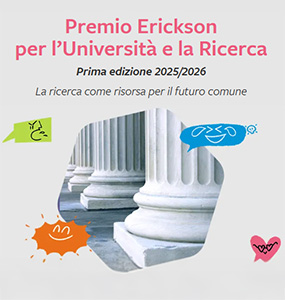Inclusive toys
Paolo Mereghetti, Laura Riccardi
Play is a fundamental aspect of a child’s life, as it is the natural way in which children relate to the world. In Europe, the toy market is quite dynamic. However, not all children can enjoy the available toys. In Italy, it is estimated that 4% of the 13,8 million children have a disability. Most of the toys on the market have not been developed considering the different abilities of the children. This reduces the possibilities of play for children with disabilities. Play deprivation is known to negatively affect children’s cognitive, physical and communicative development. Therefore, there is a need to increase the fraction of inclusive toys on the total number of toys available, in order to allow all children to play. Toys designed with different skills in mind are often produced by companies that cater only to children with disabilities or by companies that keep these toys separated from the rest of their products, creating separate toy lines. Finally, disabilities are poorly represented in toys and this offers a distorted perspective on the world with respect to reality. All these approaches cause further stigmatization of people with disabilities. A change that promotes the development of toys for all is, therefore, necessary and desirable. This goal can be reached through an inclusive design process, which takes into account different skills, without making the product exclusive to people with certain physical or cognitive characteristics.
Keywords
Inclusive toys, toy market, inclusive design


